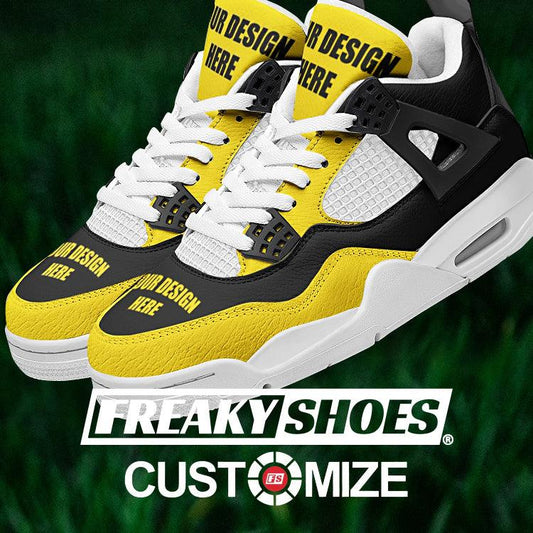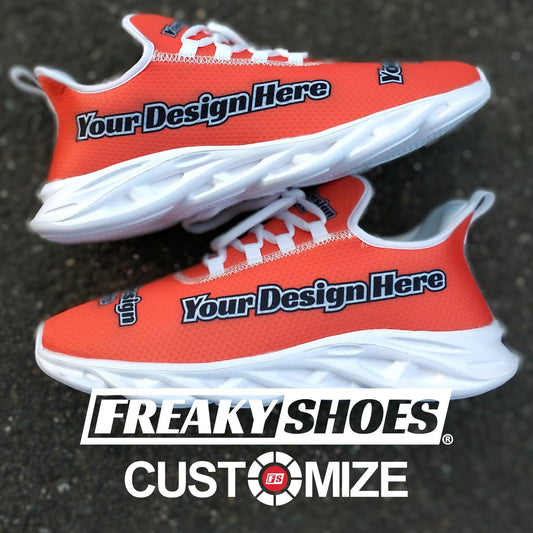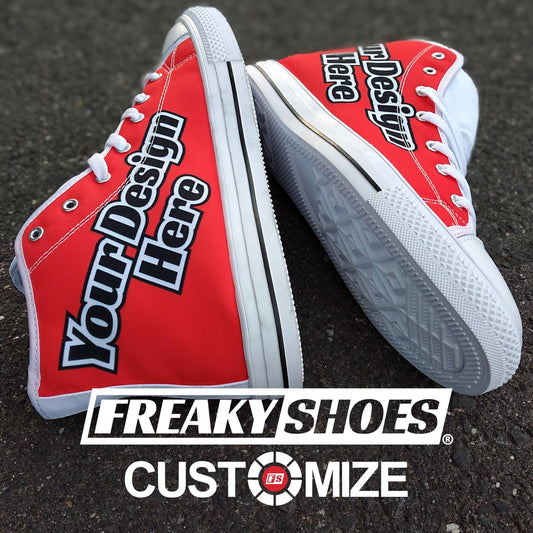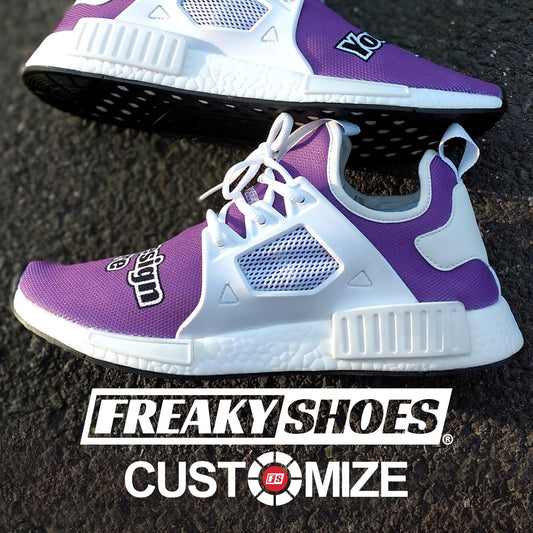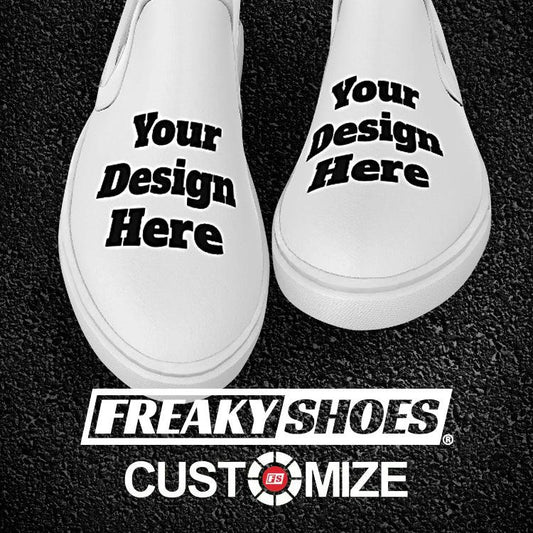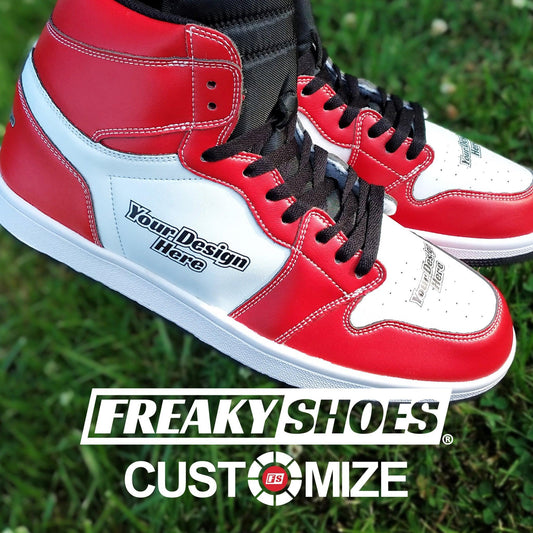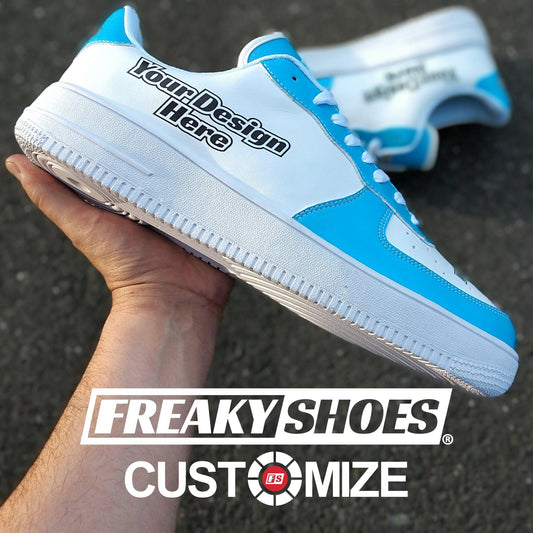Ever wondered where Skechers shoes are made? You’re not alone! Many people assume they’re made in the U.S., but that’s not the case. If you flip over a pair of Skechers, chances are you'll see “Made in China” or “Made in Vietnam”.
But why does the brand manufacture overseas? Let’s find out.
Here, we’ll cover:
-
Where Skechers shoes are made
-
Why they prefer Asia
-
How they ensure quality.
Let’s get started.
Key Takeaways
-
Skechers shoes are mostly made in China, Vietnam, Indonesia, and Cambodia.
-
The company does not manufacture shoes in the USA.
-
Lower costs, skilled labor, and efficient production make Asia the best choice for Skechers.
-
Skechers partners with trusted suppliers to maintain quality.
-
Mass production in large factories keeps prices affordable.
-
Skechers follow strict quality control measures to ensure durability.
-
The company may expand into other countries in the future.
-
If you check your Skechers, you’ll likely see “Made in China” or “Made in Vietnam” on the label.
Where are Skechers Shoes Made? (Explained)

Skechers shoes are mostly made in China and Vietnam, with some production in Cambodia, Indonesia, and a few other Asian countries. If you check the label on your Skechers, chances are it says “Made in China” or “Made in Vietnam.”
Skechers does not make its shoes in the USA. Most of its factories are overseas, where large-scale production happens.
We’ve seen this ourselves: Every time we check a pair of Skechers, it’s almost always from China or Vietnam. Sometimes, we come across ones made in Indonesia or Cambodia, but that’s less common.
If you have Skechers at home, flip them over and check—the label will tell you exactly where they were made!
When we looked deeper into this, we found that Skechers doesn’t rely on just one factory. They work with multiple suppliers, so different models might come from different places. That’s why you might see one pair from China and another from Vietnam.
But in the end, all Skechers shoes come from Asia.
If you’re curious about where Skechers are produced, you might also wonder, where are Hey Dude made, especially since many shoe brands manufacture globally.
Why Does Skechers Prefer Asian Countries for Shoe Manufacturing?
Skechers manufactures its shoes in Asian countries like China, Vietnam, Indonesia, and Cambodia because of lower production costs, skilled labor, efficient supply chains, and large-scale factory operations.
These countries have well-established footwear industries, making them ideal for mass production.
Let’s break down the key reasons why Skechers prefers Asia for making its shoes.
1. Lower Manufacturing Costs
One of the biggest reasons Skechers manufactures in Asia is cost savings. Producing shoes in countries like China and Vietnam is much cheaper than in the United States or Europe. Labor costs are lower, materials are more affordable, and factory expenses are significantly reduced.
We looked at the numbers, and in the U.S., factory workers earn much higher wages compared to workers in Vietnam or Cambodia. For Skechers, this means they can produce shoes at a lower cost and still make a profit. If they made shoes in the U.S., prices would be much higher, and customers might not be willing to pay as much.
Another factor is cheaper raw materials. Asian countries have easy access to rubber, synthetic fabrics, and leather at lower prices. This keeps production costs down and ensures Skechers can make shoes at a price people can afford.
Factories in Asia also operate on a larger scale, meaning they can produce thousands of shoes daily. With lower wages and material costs, Skechers can make shoes in bulk without spending too much. This is why the brand continues to rely on Asian factories for production.
2. Skilled Workforce & Experience in Shoe Manufacturing
Asian countries, especially China and Vietnam, have years of experience in footwear manufacturing. Workers in these factories are highly skilled and know how to assemble shoes quickly and efficiently. Skechers benefits from this expertise.
Skechers also benefits from advanced technology used in these factories. Many of them have modern machinery that helps speed up the process.
If Skechers were to move production elsewhere, they might struggle to find the same level of expertise.
3. Efficient Supply Chains & Quick Production
Another reason Skechers prefers Asia is the strong supply chain network. These countries already have factories, suppliers, and shipping systems in place, making it easier to produce and distribute shoes worldwide.
When we looked into it, we found that China and Vietnam have some of the world’s biggest shoe factories. These factories are connected to suppliers that provide materials like rubber soles, fabric, and foam cushioning. This makes it easy for Skechers to get everything they need without delays.
Factories in Asia also work fast. Since they specialize in shoe production, they can make large orders quickly.
Shipping is another advantage. Most factories are close to major ports, making it easy to transport shoes to the U.S., Europe, and other markets. This cuts down on delivery times, so Skechers shoes arrive in stores faster.
4. Government Policies & Trade Agreements
Many Asian countries have business-friendly policies that make it easier for brands like Skechers to manufacture there. Governments offer tax benefits, lower import/export duties, and relaxed regulations to attract big companies.
When we researched this, we found that Vietnam, Cambodia, and Indonesia have trade agreements with the U.S. and Europe, reducing extra costs for Skechers. This means they can import shoes at lower prices, keeping their overall expenses down.
Countries like China also have special economic zones, where factories get incentives like lower taxes and better infrastructure. This makes manufacturing even more profitable for companies like Skechers.
How Skechers Maintains Quality in Overseas Manufacturing
Skechers ensures quality in its overseas factories by partnering with trusted manufacturers, enforcing strict quality control, and using advanced technology. The company works closely with suppliers to maintain high standards in materials, design, and production.
Moreover, every shoe goes through multiple inspections before reaching store shelves.
That’s not it. Customer feedback also plays a huge role. Skechers constantly analyzes reviews and returns to improve their manufacturing process.
Who is the Owner of Skechers?

Robert Greenberg is the founder and CEO of Skechers. He started the company in 1992 and has led it ever since. His son, Michael Greenberg, is also heavily involved as the company’s president. Together, they have grown Skechers into one of the biggest footwear brands in the world.
Robert Greenberg is no stranger to the shoe industry. Before Skechers, he founded L.A. Gear, a popular sneaker brand in the 1980s. After leaving L.A. Gear, he saw an opportunity to create stylish, comfortable footwear for a wider audience—and that’s how Skechers was born.
Even after 30+ years, Greenberg continues to drive Skechers forward.
History of Skechers
Skechers was founded in 1992 by Robert Greenberg in California. Before starting Skechers, Greenberg had already made a name for himself in the shoe industry by founding L.A. Gear, a popular sneaker brand in the 1980s.
After parting ways with L.A. Gear, Greenberg saw an opportunity to create stylish and comfortable footwear that appealed to a younger audience.
At first, Skechers focused on distributing Dr. Martens boots, but Greenberg quickly realized that he needed to create his own products to stand out.
The brand’s first major success came with the Chrome Dome, a chunky skate-style sneaker that became a hit in the 1990s.
Expansion and Growth (1996-2005)
As Skechers gained popularity, the company expanded its product line. Instead of just skate shoes, Skechers introduced casual sneakers, boots, and athletic footwear.
In 1999, Skechers went public, raising funds to expand even further. The company started opening retail stores worldwide and launched its first major celebrity endorsements, including partnerships with Britney Spears and other pop icons.
The Rise of Performance Footwear (2006-2015)
While Skechers was known for casual shoes, the company wanted to compete in the performance footwear market. In 2011, Skechers launched the GOwalk and GOrun series, designed for walking and running.
Global Success and Innovation (2016-Present)
Today, Skechers is one of the biggest shoe brands in the world, with more than 4,000 stores and products sold in over 170 countries. The company continues to evolve, introducing memory foam technology, eco-friendly materials, and trendy new designs.
Like Skechers, Nike has a large international supply chain, leading many to ask where Nike shoes are made and which countries produce their most popular models.
Skechers vs Other Brands: Where They Make Shoes?
Most major shoe brands manufacture overseas, but each has its preferred locations. Here’s a quick comparison of where some of the biggest brands make their shoes:
|
Brand |
Manufacturing Countries |
|
Skechers |
China, Vietnam, Indonesia, Cambodia |
|
Nike |
Vietnam, China, Indonesia, Thailand |
|
Adidas |
Vietnam, China, Indonesia, India |
|
Puma |
Vietnam, China, Bangladesh, Cambodia |
|
New Balance |
USA (some models), Vietnam, China |
|
Reebok |
Vietnam, China, India, Bangladesh |
Skechers follows the same strategy as Nike and Adidas by relying on Asian factories for cost-effective production. However, unlike New Balance, Skechers does not manufacture in the U.S.
If you’re looking for American-made shoes, New Balance is one of the few big brands that still offers them.
Conclusion
In summary:
-
Most Skechers shoes come from China, Vietnam, Indonesia, and Cambodia.
-
Lower production costs and skilled labor keep prices competitive.
-
Skechers maintains strict quality checks to ensure durable shoes.
-
Future expansion into new markets is always a possibility.
-
At the end of the day, Skechers delivers comfort and style, no matter where they’re made!
So, the next time you slip on a pair of Skechers, you’ll know exactly where they came from—and why!











